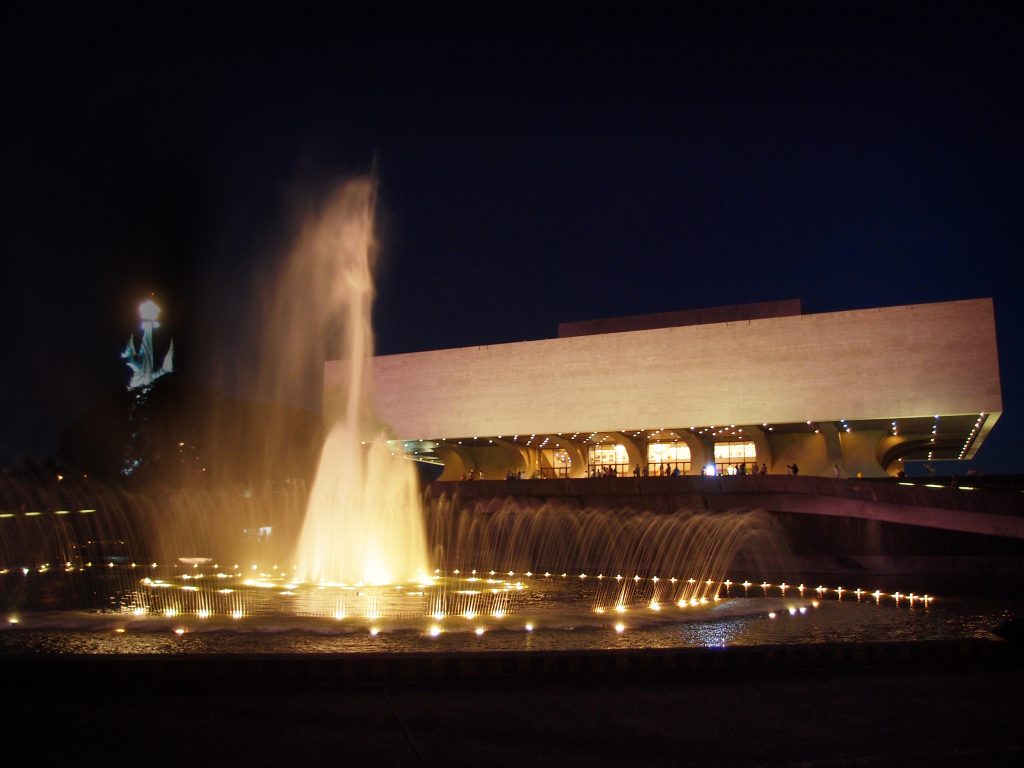Here are 10 places you must visit in Manila
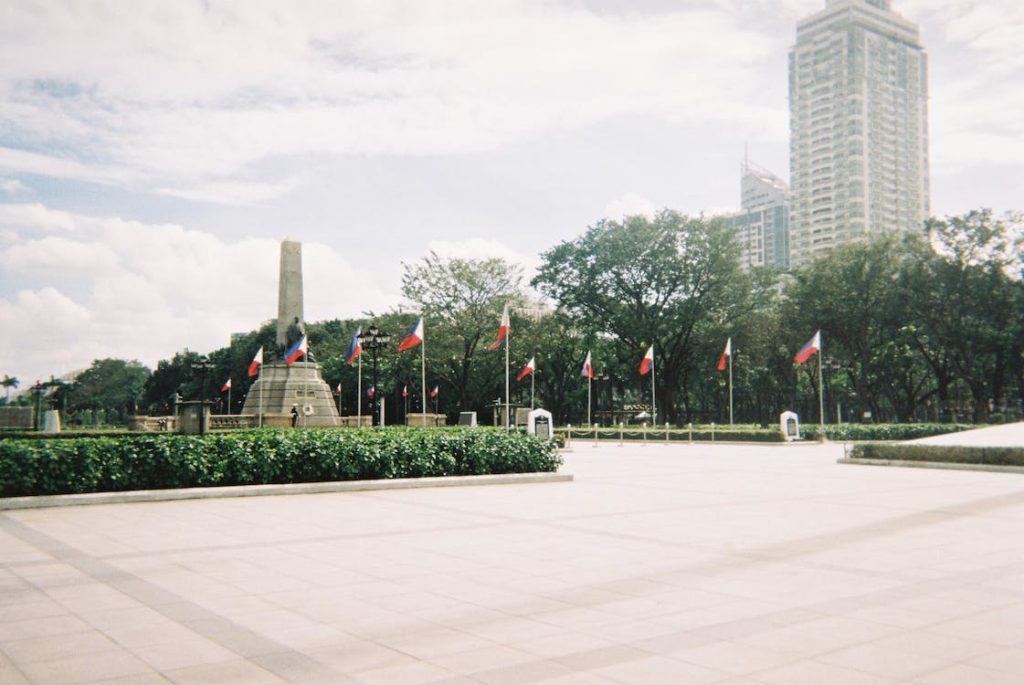
Rizal Park: This is a beautiful park in the heart of Manila. It’s a great place to relax and enjoy the outdoors.
Rizal Park in Manila, named after the national hero Dr. Jose Rizal, is a must-visit destination for tourists. The park spans over 60 acres and offers a serene retreat amidst the bustling city. It is home to iconic sculptures like the Rizal Monument and features beautiful gardens, including a Chinese garden and a butterfly sanctuary. Rizal Park also holds historical significance as it has witnessed important events in Filipino history and serves as a gathering place for rallies and ceremonies. Overall, Rizal Park offers a perfect blend of history, nature, and beauty for tourists to explore and enjoy.
Manila Cathedral: This is a beautiful cathedral that’s been standing for over 400 years.
Manila Cathedral, officially known as the Minor Basilica and Metropolitan Cathedral of the Immaculate Conception, is a must-see attraction for tourists visiting Manila. Located in the historic district of Intramuros, this stunning cathedral holds a special place in Filipino history and spirituality. The cathedral’s architecture mesmerizes visitors with its intricate design and ornate details, dating back to its original construction in 1571. Renowned for its grandeur, the Manila Cathedral has been rebuilt and restored several times due to natural disasters and war damage. Inside, tourists can admire the impressive stained glass windows, towering columns, and beautiful altar. The cathedral also plays a significant role in religious events and ceremonies, making it not only a place of worship but also a cultural landmark worth visiting.
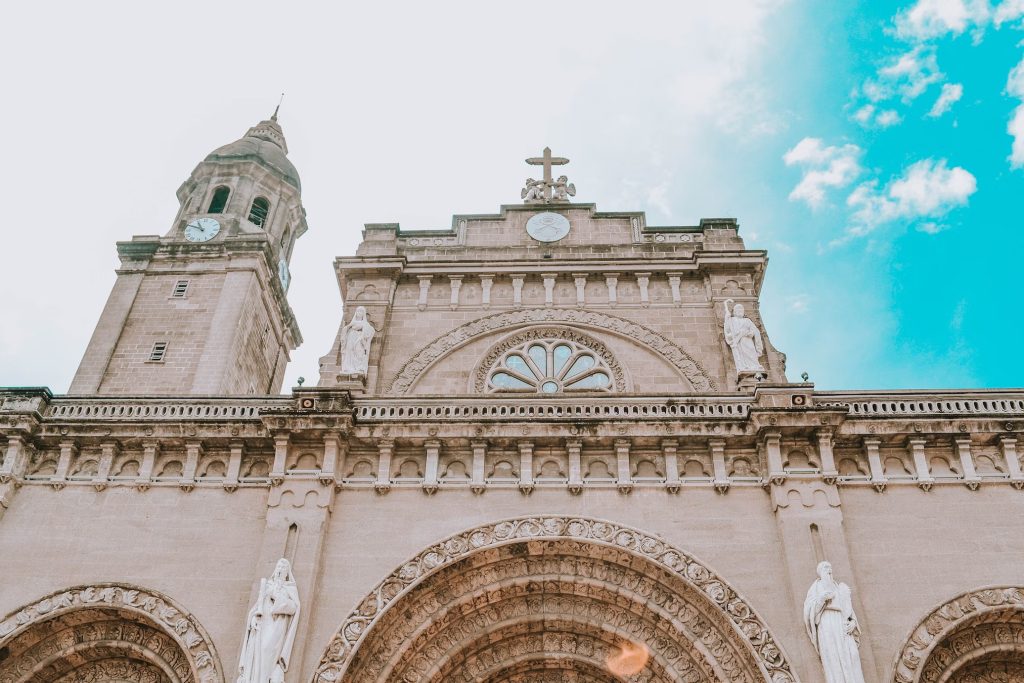
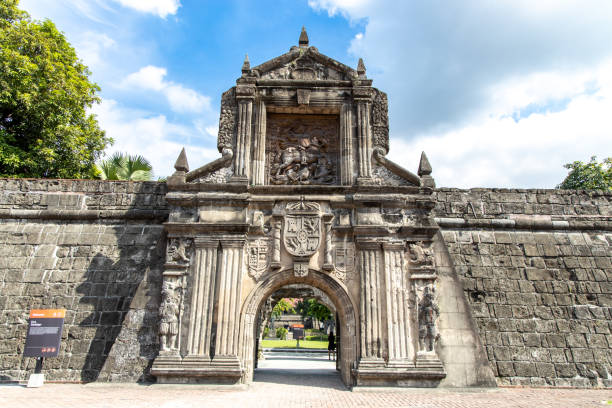
Fort Santiago: This is a historic fort that was built by the Spanish in the 16th century.
Fort Santiago, located in the heart of Manila’s historic district of Intramuros, is a must-visit destination for tourists. This well-preserved citadel stands as a reminder of the Philippines’ colonial past and offers a fascinating glimpse into the country’s history. Constructed in the late 16th century, Fort Santiago served as a defensive fortress during the Spanish colonial period. Visitors can explore the various chambers and rooms within the fort, including the Rizal Shrine, which pays homage to Dr. Jose Rizal, a national hero who was imprisoned here before his execution. The fort also boasts picturesque gardens and scenic views of the Pasig River. Today, Fort Santiago offers a cultural experience through its interactive exhibits and guided tours, making it a captivating destination for history enthusiasts and tourists alike.
National Museum of the Philippines: This museum houses a collection of artifacts from all over the Philippines.
The National Museum of the Philippines is a must-visit cultural institution for tourists exploring Manila. Located in Rizal Park, this museum is the country’s premier repository of art, anthropology, and natural history collections. The museum showcases a diverse range of exhibits, including ancient artifacts, archaeological finds, and masterpieces by Filipino artists. Visitors are captivated by the stunning works of renowned painters such as Juan Luna and Fernando Amorsolo. The museum also houses the famous Spoliarium, a grand masterpiece by Luna that depicts the harsh realities of Philippine history. With its well-curated exhibits and knowledgeable guides, the National Museum of the Philippines offers visitors a comprehensive understanding of the country’s rich cultural heritage.


SM Mall of Asia: This is the largest mall in the Philippines. It has everything you could ever want, from shops to restaurants to a movie theater.
The SM Mall of Asia, located in Pasay City, is a must-visit destination for tourists exploring Manila. As one of the largest shopping malls in Asia, it offers a diverse range of retail outlets, entertainment options, and dining experiences. With over 600 stores and restaurants, visitors can shop for local and international brands, indulge in delicious cuisine, and enjoy various entertainment activities such as ice skating and bowling. The mall also boasts unique attractions like the MOA Eye Ferris wheel, which offers panoramic views of Manila Bay, and the IMAX Theater, providing an immersive cinematic experience. Additionally, the mall is in close proximity to major tourist destinations such as the Cultural Center of the Philippines and the Manila Baywalk, making it a convenient stop for tourists looking for a complete shopping and entertainment experience.
Binondo district: This is the oldest Chinatown in the Philippines. It’s a great place to try Chinese food and explore the narrow streets.
The Binondo District, located in Manila, is a vibrant and culturally rich neighborhood that is a must-visit for tourists. Known as the world’s oldest Chinatown, Binondo offers a unique blend of Chinese and Filipino cultures. Visitors can take a leisurely stroll along Ongpin Street, the main thoroughfare, and immerse themselves in the bustling street markets, Chinese temples, and authentic Chinese cuisine. Binondo is also known for its historic landmarks, such as the Binondo Church and the heritage buildings along Escolta Street, which provide a glimpse into Manila’s colonial past. Food enthusiasts will delight in the district’s culinary scene, with numerous family-run restaurants and street food stalls offering traditional Chinese delicacies like dumplings, noodles, and delectable dim sum. A visit to Binondo offers tourists a cultural and gastronomic adventure they won’t soon forget.
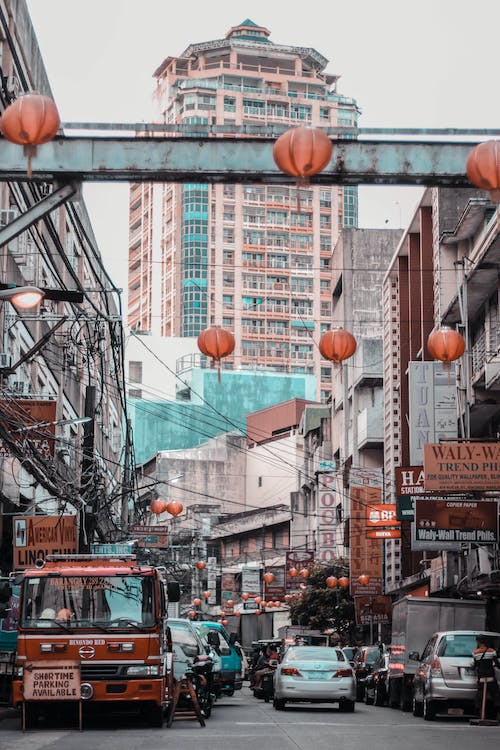

Quiapo district: This is a lively district that’s full of shops, restaurants, and street vendors.
The Quiapo District, situated in the heart of Manila, is a vibrant and bustling neighborhood that offers a unique cultural experience for tourists. Known for its famous Quiapo Church, which houses the Black Nazarene, the district is a popular pilgrimage site for devotees from around the country. Quiapo is also famous for its lively market, where visitors can browse through a wide array of goods, including local handicrafts, religious items, and street food. The district is also home to the iconic Raon Street, known as the “Electronics Capital of the Philippines,” where tech enthusiasts can find a variety of gadgets and electronics at affordable prices. Quiapo is also a great place to sample authentic Filipino street food, such as the famous “turon” (fried banana roll) and “balut” (boiled duck egg). With its rich history and vibrant atmosphere, a visit to Quiapo District is a must for tourists looking to immerse themselves in the unique culture of Manila.
Malate district: This is a historic district that’s home to many churches and universities.
The Malate District, located in Manila, is a vibrant and lively neighborhood that offers a wide range of attractions and activities for tourists. Known for its vibrant nightlife scene, Malate is home to numerous bars, clubs, and live music venues where visitors can enjoy a lively evening out. The district is also known for its cultural offerings, with several art galleries and theaters showcasing local talent. History enthusiasts can explore notable landmarks like the Malate Church, a beautiful Spanish-era church, and the Manila Zoological and Botanical Garden, which features a variety of local and exotic flora and fauna. Food lovers can indulge in a diverse range of cuisines, with numerous restaurants serving both local Filipino and international dishes. Lastly, Malate is conveniently located near Manila Bay, allowing visitors to enjoy stunning sunsets and leisurely walks along the baywalk promenade. Whether you’re looking for entertainment, culture, or delectable cuisine, Malate District has something for every tourist to enjoy.
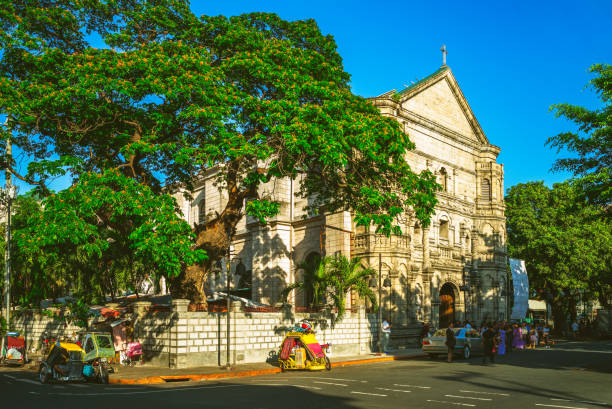
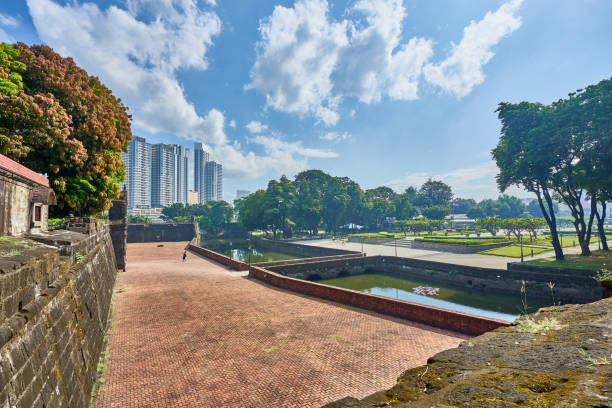
Intramuros: This is a walled city that was built by the Spanish in the 16th century.
Intramuros, the historical walled district of Manila, is a must-visit destination for tourists looking to delve into the rich history of the Philippines. Built during the Spanish colonization, Intramuros showcases beautiful Spanish-era architecture and charming cobblestone streets. Visitors can explore Fort Santiago, a 16th-century citadel that offers insights into the country’s colonial past and the life of national hero Dr. Jose Rizal. A stroll along the walls of Intramuros provides stunning panoramic views of the city and the chance to visit iconic landmarks like San Agustin Church, the oldest stone church in the country. The district is also home to several museums, such as the Casa Manila Museum, which recreates the lifestyle of the elite during the Spanish period. Lastly, Intramuros offers various dining options, from quaint cafes to traditional Filipino restaurants, where visitors can savor local flavors. Immerse yourself in history and charm by exploring the captivating Intramuros district.
The CCP Complex: This is a complex that houses the Cultural Center of the Philippines, the Philippine International Convention Center, and the Manila Ocean Park.
The CCP Complex, located along the scenic Manila Bay, is a popular destination for tourists seeking entertainment and recreation. The complex is home to the Cultural Center of the Philippines (CCP), a premier venue for various performances and art exhibits. Visitors can catch world-class ballet, theater, and music performances that showcase the rich Filipino talent. The CCP Complex also boasts lush gardens and open spaces, perfect for leisurely walks or picnics with friends and family. Adventure-seekers can indulge in thrilling water sports at the Manila Yacht Club or the Manila Ocean Park, which offers interactive marine exhibits and shows. Food enthusiasts will have a plethora of dining options to choose from, including restaurants that serve both local and international cuisines. With its diverse array of offerings, the CCP Complex provides a memorable experience for tourists of all interests.
